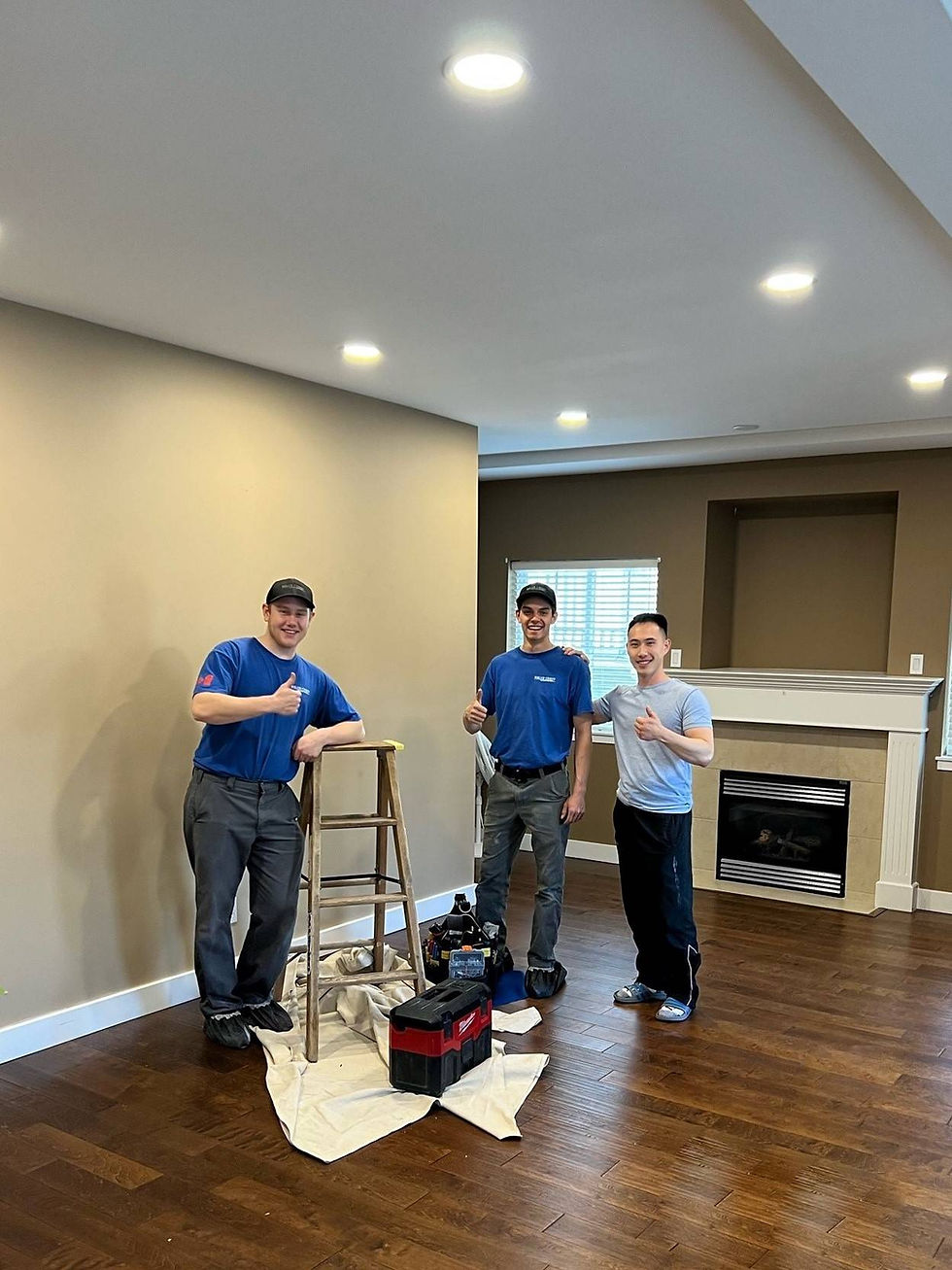Sunshine Ceiling
- Yellow Pages Admin

- Jun 27, 2022
- 2 min read
Updated: Jun 7, 2024

The sunshine ceiling in the 1980's home is the shag carpets of the 1970's home. It dates the home to a specific decade. Sunshine ceilings give a similar vibe as glass block windows, wallpaper borders, balloon curtains; and pink, blue, and yellow toilets. As times change so do styles and updating the lighting will add value to the home and increase the appeal to prospective buyers.
This ceiling's lighting style typically consists of a ceiling mounted frame containing fluorescent fixtures, hidden behind opaque plexiglass lenses. Although the sunshine ceiling does provide acceptable lighting, homeowners often complain about the maintenance costs incurred with fluorescent tube and ballast replacements. Replacing the sunshine ceiling is often the first renovation new homeowners make when they buy a home from the 1980's. The most popular lighting replacement is recessed lighting with newer LED technology.
Pros to Sunshine Ceilings
Provides adequate lighting to an office or home kitchen.
Contains fluorescent lighting tubes, which are an upgrade from previous incandescent lighting. Fluorescent lighting tubes use between 13-15 Watts, whereas a standard incandescent bulb runs at 60 Watts of electricity.
Cons to Sunshine Ceilings
Dates the home to the 1980's.
The frame often covers a large part of the ceiling, which makes the room appear smaller.
Periodic replacement of fluorescent tubes and ballasts.
Fluorescent lighting tubes contain a small amount of mercury. The glass is extremely thin which makes it quite fragile.
Some homeowners struggle with correctly inserting the tubes into the end supports which results in a poor connection.
Fluorescent lighting gets progressively dimmer as the tubes age.
Process of Removing the Sunshine Ceiling
Replacing a sunshine ceiling with alternate lighting can usually be done at anytime. When renovating a kitchen, a homeowner may find it convenient to update the sunshine ceiling lighting as part of a complete make-over. It is fairly simple to remove the opaque plexiglass lenses and the frame before the electrician arrives. But removing of the tubes, ballasts, and wiring should only be done by a fully certified electrician. If recessed lighting is installed to replace the sunshine ceiling, the electrician may use the existing electrical box as part of the new lighting grid. The electrician will also be able to advise on how many recessed lights are needed to provide a nice bright workspace. Installing an LED chandelier in the middle of the ceiling where the sunshine ceiling was once located may add a desirable aesthetic to a home kitchen. LED lights are more efficient, provide excellent lighting, and last up to 17,000 hours longer than fluorescent lighting. Once the updated lighting is installed, the ceiling may require some minor repair. When the frame of the sunshine ceiling is removed it may leave an imprint on the ceiling. Small holes where screws attached the frame to the ceiling can easily be filled with drywall filler. A decorative trim or molding is a creative option for hiding more significant evidence if drywall filler is not adequate. The last step is to repaint the ceiling to the homeowner's desired color. Blue Crest Electric is willing to help you with all your electrical lighting installations and projects. Feel free to give us a call.




